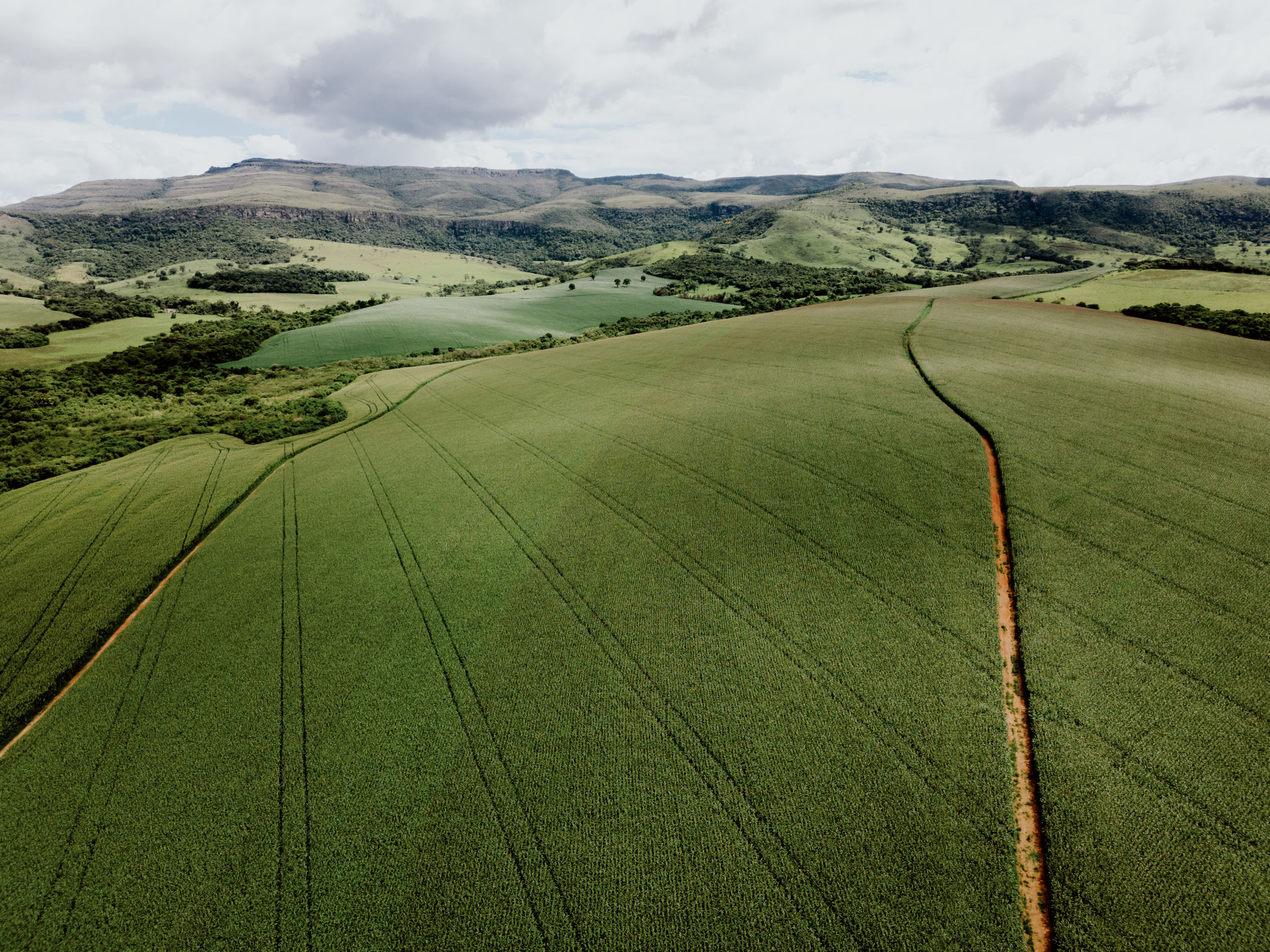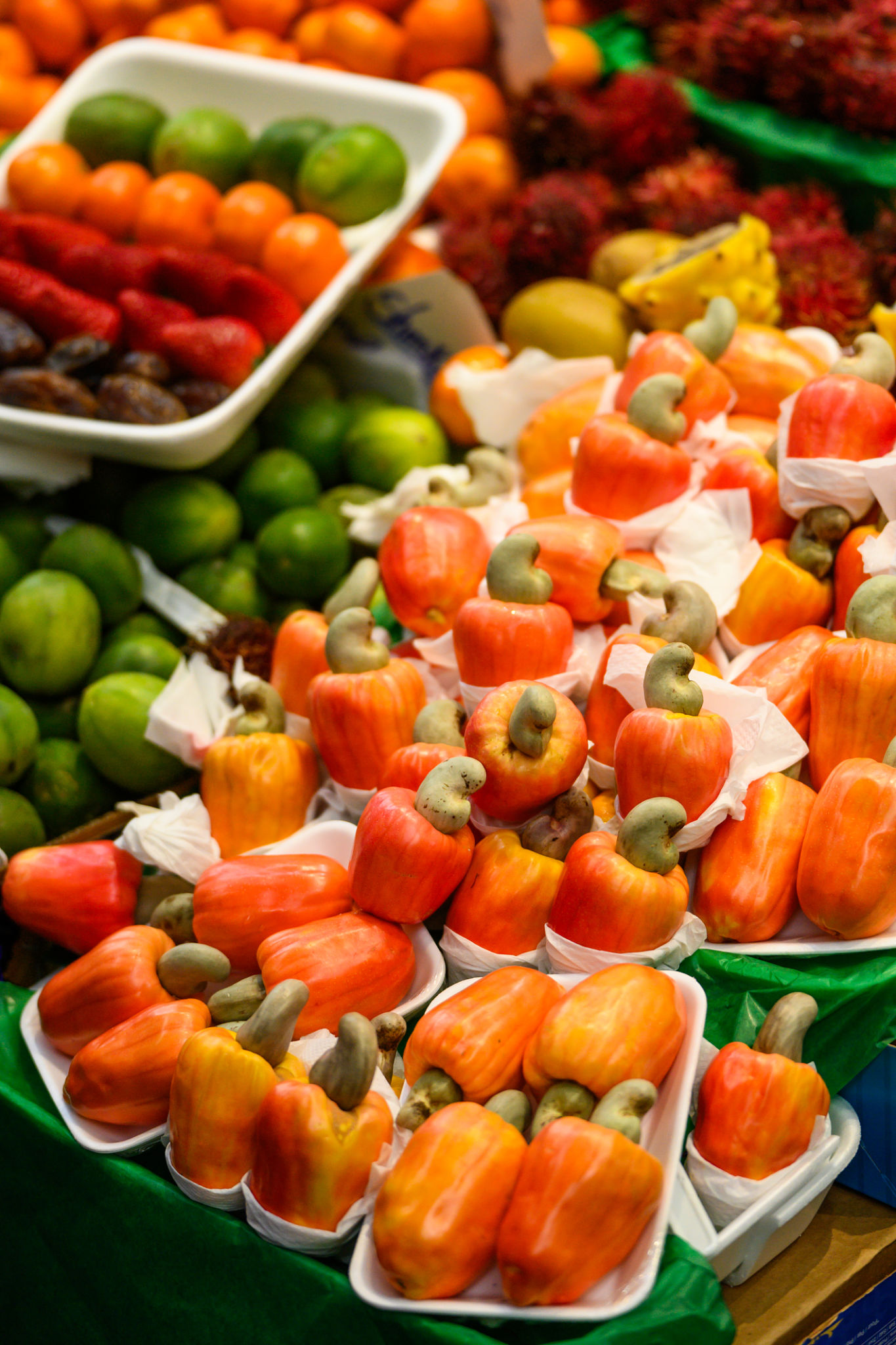Exploring Seasonal Brazilian Product Imports: Timing Your Purchases Right
Understanding the Seasonal Nature of Brazilian Imports
Brazil is a land of diverse climates and unique ecosystems, which significantly influence the availability of its agricultural products. For businesses and consumers alike, understanding the seasonal nature of Brazilian imports is crucial for making informed purchasing decisions. Whether you're interested in exotic fruits, coffee, or other goods, timing your purchases right can lead to better quality products and cost savings.
The country's vast size means that different regions have varying harvest times. This diversity allows for a wide range of products to be available throughout the year, but it also requires awareness of when these products are at their peak. By aligning your buying strategy with these cycles, you can take advantage of the freshest and most affordable imports.

Key Import Seasons for Brazilian Products
Brazilian fruits such as mangoes, papayas, and guavas have specific harvest seasons that dictate their availability and price in international markets. Mangoes are typically harvested from October to December, offering a sweet escape during the colder months in the Northern Hemisphere. Meanwhile, papayas are generally available year-round but peak from May to August.
Coffee, one of Brazil's most famous exports, also has distinct seasonal patterns. The coffee harvest occurs from May to September in major growing areas like Minas Gerais and São Paulo. During these months, you can expect to find the freshest beans, which is crucial for businesses that rely on high-quality coffee for their clientele.

Benefits of Timing Your Purchases Right
Aligning your purchasing schedule with the seasonal availability of Brazilian products can bring several benefits. First and foremost, it ensures that you are receiving the freshest products available. Freshness is particularly important when it comes to produce and coffee, as it directly affects flavor and nutritional value.
Additionally, buying during peak seasons can lead to cost savings. When products are in abundance, prices tend to drop due to increased supply. Conversely, purchasing out-of-season products can lead to higher costs due to scarcity and potential additional storage and transportation fees.

Strategies for Optimizing Your Import Schedule
To make the most of Brazil's seasonal imports, consider implementing a few strategic practices. First, establish relationships with Brazilian suppliers who can provide you with insights into their production schedules and expected yields. This information can be invaluable for planning your inventory and budgeting accordingly.
Secondly, consider diversifying your product range based on seasonality. By offering a variety of seasonal products throughout the year, you can maintain a steady flow of imports while keeping your offerings fresh and appealing to customers.
- Build relationships with local suppliers.
- Monitor market trends and forecasts.
- Diversify product range based on availability.
Exploring New Opportunities
Staying informed about emerging trends in Brazilian agriculture can also open new business opportunities. For instance, Brazil's organic and sustainable farming sectors are growing rapidly, offering new products that meet rising consumer demand for environmentally friendly options.
Furthermore, consider attending trade shows or joining industry networks that focus on Brazilian imports. These platforms can provide valuable insights into market dynamics and connect you with potential partners who can help streamline your operations.

Conclusion
The key to successfully navigating the world of Brazilian imports lies in understanding the seasonal patterns that dictate product availability and pricing. By timing your purchases right, you can ensure that you are getting the best quality products at competitive prices while staying ahead of market trends.
With careful planning and strategic partnerships, businesses can leverage Brazil's rich agricultural offerings to enhance their product lineup and satisfy customer demands throughout the year. Embrace the opportunities that come with exploring seasonal Brazilian imports and unlock new potential for growth.